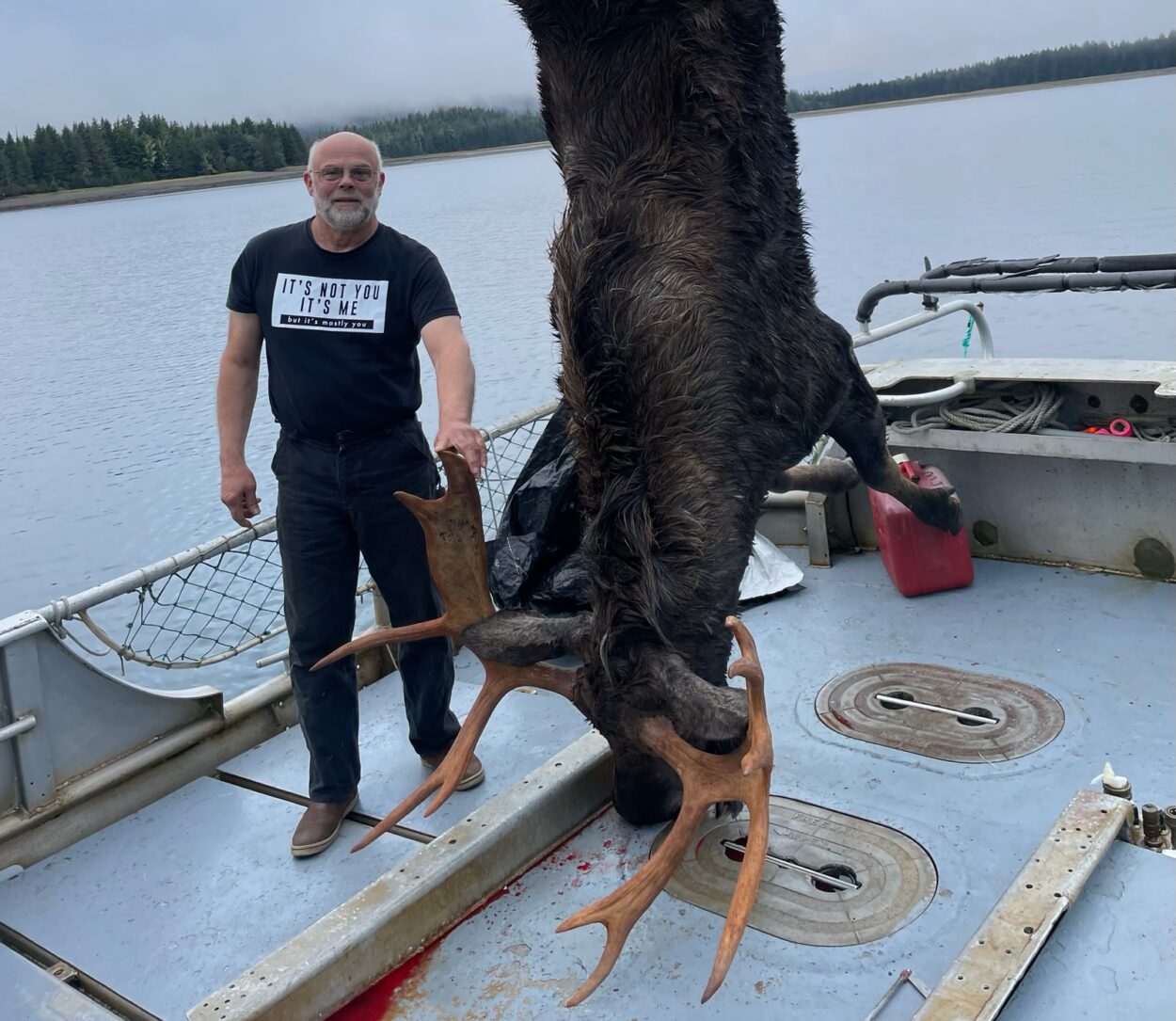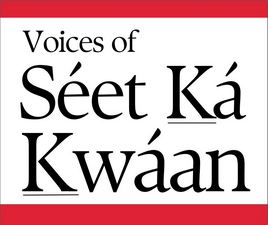
The month-long moose hunt in Central Southeast Alaska closed on October 15 with a large harvest of 131 bulls.
Frank Robbins is the area biologist for the Alaska Department of Fish and Game. He said that while 131 moose isn’t record breaking, the season is right on trend. He said numbers have been slowly increasing over the last couple decades.
“You know, we’ve harvested over one hundred bulls for 11 straight seasons now, hunter success has increased over the last 15 years, harvest has increased,” he said.
Last year was record-breaking, with 141 kills. The other top year was 2021 when hunters took 132 bulls.
Robbins said another trend continued this year as well. Over the last decade or so, moose have slowly been spreading through the region.
“The moose have moved. The distribution has expanded westwardly,” he said. “And say, 20 years ago…or even 15 years ago, there was no moose harvest on Kuiu [Island]. Now it makes up about 25% of the harvest.”
He said in the past, harvests more often came from the mainland Unit 1B, in areas like the Stikine River and Thomas Bay. Now more than half comes from Kupreanof and Kuiu Islands.
Robbins said the shift is happening because of natural distribution – as numbers increase, the moose spread out to find less populated areas. Robbins said at this point the moose have spread out to cover all of Unit 3. Those are the islands south of Admiralty and north of Prince of Wales like Kupreanof, Kuiu, Mitkof, and Wrangell Island.
He said it’s hard to know if the population is still increasing.
“We don’t do moose surveys here, the habitat prevents it,” he said. “You know, coastal rainforest, it’s hard to see. But at some point habitat will dictate what carrying capacity is, and then the population will plateau.”
He said, once moose fully spread through the region, there will be a point when land won’t be able to sustain ever-increasing numbers. Then the population will level off.
To prevent the area from being over-harvested, the Central Southeast hunt is a restricted antler hunt – only moose with specific antler configurations can be taken. But sometimes hunters accidentally shoot an illegal bull. This year eleven of the 131 moose harvested were illegal. Robbins said that number is low.
“We aim for the sub-legal harvest to be below 10% every year,” he said. “And you know, we’ve succeeded in that in the last three years.”
Most hunters who kill an illegal moose have to pay a $300 fine. Meat from those illegal kills goes to Petersburg’s Burger Bank – the fine helps cover part of the cost of processing the meat, and volunteers do the rest. They butcher and grind the meat, package it, and give it out to various groups in town, including the Petersburg School District, Petersburg Indian Association, and Mountain View Food Services program. It also goes directly to locals in need.
Successful hunters were required to report the kill within 5 days. Hunters who did not get a moose have until October 30 to file a harvest report.











